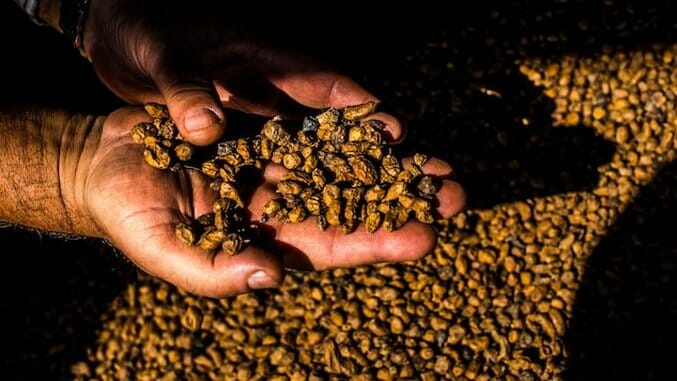Your Body Needs Prebiotics: How to Get More of What You’re Overlooking
Photo below by David Ramos/Getty
This article is not meant to diagnose or provide medical advice—that responsibility lies with physicians.
Everyone knows about the importance of probiotics, and many of us make attempts to get them into our diets by consuming probiotic-rich foods such as kimchi, yogurt or kombucha. However, too few realize that probiotics need to be fed in order to survive and thrive.
Prebiotic foods are ones that contain the insoluble fiber that probiotics eat, thus enabling them to continue living. Similar to probiotics, prebiotics have now been proven to help regulate cortisol and emotional response. Including prebiotic foods in your diet means you don’t need to eat so many probiotic ones, because you can keep the helpful colonization alive with less work.
Probiotics are bacteria, therefore they don’t have a typical “life span.” They duplicate their DNA for colonization. However, they only have the ability to do that for 1-4 weeks after consumption, at which point you couldn’t find/detect the exact original bacteria in your body anymore. If you can help them colonize, by consuming prebiotics, for example, that’s great. If you take probiotics and they then just “die”—not so great. The more you can help them along in colonizing with good bacteria, the better off your internal biome will be.
What foods contain prebiotics? Chances are, you’re probably already eating some of them! Common items like bananas, onions, garlic, seaweed, asparagus, oats, apples, cocoa, flax seeds and wheat bran all contain prebiotic fiber. If those are already part of your day to day, that’s great, and if not, you might want to consider adding them in since they are all easily accessible and possess an assortment of health benefits.
In addition to the above, there are some foods that contain an even higher amount of prebiotic fiber. The less mainstream foods below offer solid amounts of insoluble fiber, and since you might not be familiar with them, they’re paired with suggestions for how to most easily and most tastefully eat them.
Tiger Nuts
Containing a whopping 33 percent fiber for the unpeeled version, and 23 percent fiber when peeled, tiger nuts (pictured at top) are actually dried little tubers, not nuts at all. They are sweet without anything being added to them, and fit in well in trail mixes. If you find the texture a bit difficult (which wouldn’t be a shock as they are very chewy), soak them in water for an hour or two first. That will soften them to perfection.
Banana Flour
A thickening flour made by powdering green bananas, banana flour has only been commercially available in recent years. The troublesome part about finding recipes for it lies in the fact that although the resistant starch is only effective when the flour is raw, most recipes call for it to be used in baking. If you cook banana flour, its starch loses its benefits, and since it already doesn’t have the luscious texture of wheat flour, there isn’t really much benefit to baking with it. To use it raw, the simplest application is a teaspoon or two in a smoothie. You can also add it to salad dressings, where it will turn a light dressing into a thick one.
Konjac
-

-

-

-

-

-

-

-

-

-

-

-

-

-

-

-

-

-

-

-

-

-

-

-

-

-

-

-

-

-

-

-

-

-

-

-

-

-

-

-









































